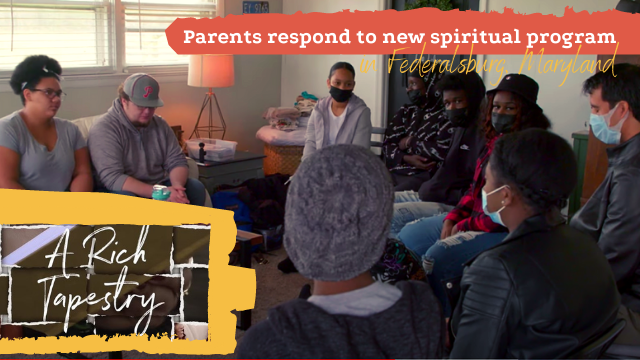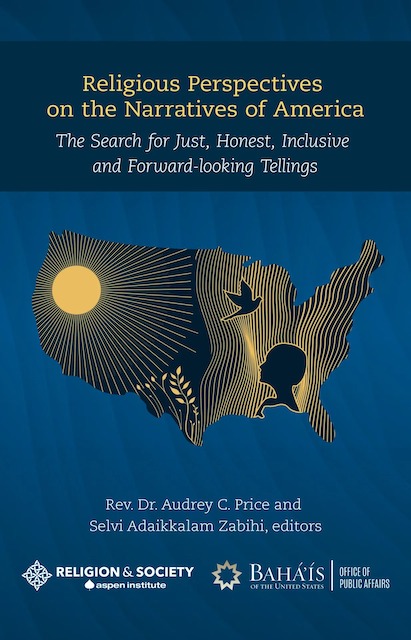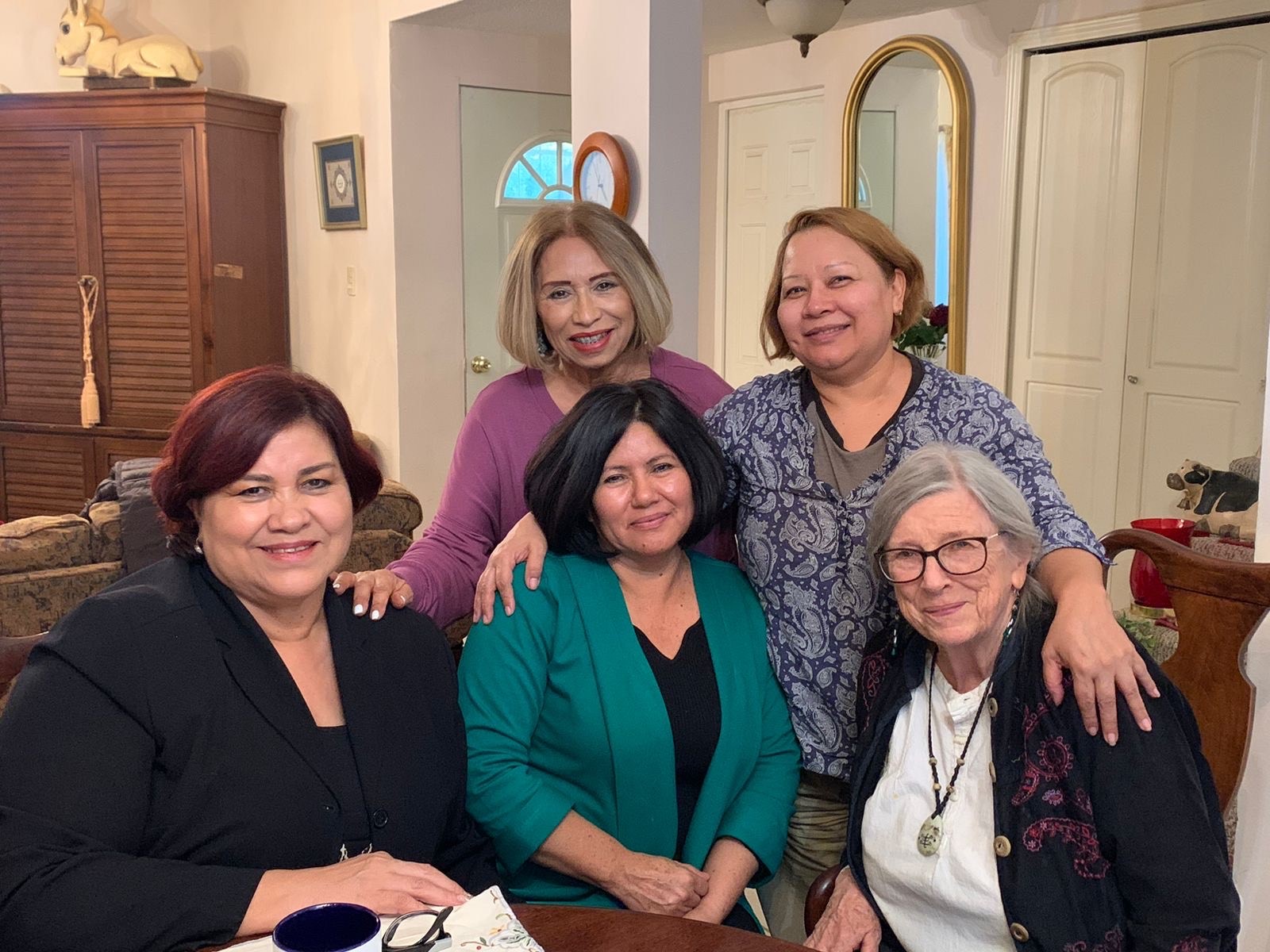
How Atlanta’s Institute Camps Are Contributing to a Vibrant Community

Following the 2020 pandemic, the Metro Atlanta cluster noticed a lingering dip in local Baha’i activities.
“The pandemic was an ever-present force, there weren’t much activities and people were kind of isolated,” says community member Maekaylia Jackson. “We were thinking to have the youth come together to build more momentum for the whole region.”
The response was the creation of a series of regional camps, engaging over 150 youth in the Ruhi sequence. Beginning in 2022, youth from Florida, Mississippi, Georgia, Alabama and South Carolina attended the 12-day retreat, building connections and capacities to better serve their broader regions.
“We recognized that in order for there to be real lasting change, we need to start bringing youth together to study the institute courses and empower them to become agents of change in their communities,” adds Auxiliary Board Member, Jasmine Miller-Kleinhenz.
The concept was well-received by youth who traveled long distances to Atlanta, eager to practice applying their learnings from the institute courses. “We have Baha’i camps, but often they’re kind of insulated. It’s difficult to transport that drive for service back home,” explains participant Thomas Grant. “But I think it was really awesome to have a camp where we were able to study in the morning and be inspired and read the Writings and memorize, and then after lunch go straight out into the field and put those things into action.”
The camp was not without its challenges. Miller-Kleinhenz noted that with including youth from across the region, many people of different racial and socioeconomic backgrounds would be coming together. This led to a formation of “noticeable” racial groupings among participants, who often exclusively socialized with other youth from their region.
Once the tutors noticed this, they began considering how to apply Baha’u’llah’s revelation to the social spaces.
The tutors read a story about the “seat of honor” given to Louis Gregory by ‘Abdu’l-Baha at a predominately white luncheon, allowing the spirit of the Master’s action to inspire how they can “really think about giving the seat of honor to the Black youth who were coming,” explained tutor Shaiana Oliveira-Streiff.
The reflection, which also included studying the July 22, 2020 message from the Universal House of Justice with the youth, led to more intentionality amongst participants to branch out of their geographical regions and connect with members of different backgrounds and localities, the letter becoming a staple component of camps moving forward.
The letter, which came at a time of “historic portent” addressed race relations in the United States and the possibility for social change. “[Racism] must be supplanted by the establishment of just relationships among individuals, communities, and institutions of society that will uplift all and will not designate anyone as ‘other,’” the letter states.
Through music, art projects and group outings to local landmarks like the National Center for Civil and Human Rights, Jackson noticed a shift in the social dynamic. “A lot of it [happened] with the support of the tutors encouraging people to branch out and talk to people,” she says. “Thinking about the implications of a space that’s segregated by race and how that’s not the culture we’re trying to build.”
Participant Zarina Hutcherson noted that reading the Universal House of Justice messages made them “feel overjoyed” and “special,” and that their efforts were being recognized. The letters became a source of empowerment for the youth, inspiring them to continue learning about the role of the Administrative Order in their service and pursuit of justice.
“A lot of youth seem to have come out of their shells,” says Hutcherson. “Everyone just seems so happy and thrilled to be around each other.”
—
This video is part of A Rich Tapestry, a video storytelling collection that expresses and illustrates how love is being translated into action to address questions of race and culture in the United States. This collection of video stories provides authentic examples of how individuals, communities and institutions are weaving together a rich tapestry of community life in neighborhoods across America. The strands of this tapestry include efforts to expand and consolidate vibrant patterns of Baha’i community life, to contribute to public discourse on topics of race and diversity, and to take direct social action in collaboration with like-minded groups and individuals.
New videos will be added to this collection regularly, exploring the different facets and threads that weave a rich tapestry of community life. We invite you to view these videos at home and in community gatherings. Share them with friends and neighbors as a way to spark conversations and envision the possibilities for building communities that bridge all racial and cultural differences.
And most importantly, share with us your thoughts, experiences, and ideas for other stories that could be included in this series.
https://www.bahai.us/a-rich-tapestry/




